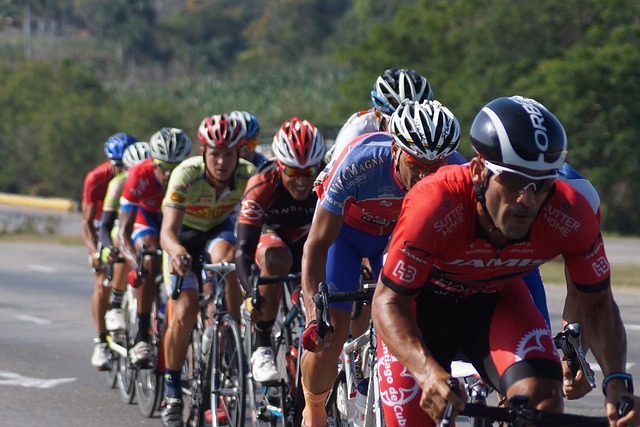In sports betting, line movement refers to changes in the point spread, moneyline, or total offered by sportsbooks. These adjustments often signal shifting market sentiment, influenced by factors like betting volume, injuries, weather conditions, or insider information. Understanding and analyzing line movement can give bettors a strategic edge, allowing them to time their wagers more effectively and identify potential value. Whether you’re new to betting or looking to refine your strategy, learning how to interpret line movement is a vital skill.
Understanding the Basics of Line Movement
Line movement occurs when a sportsbook adjusts its odds or point spreads to balance action on both sides of a bet. For example, if a large volume of money is placed on one team, the sportsbook may shift the line to encourage betting on the other side, reducing its risk of lopsided payouts.
Lines can move because of public betting trends (when many casual bettors back a favorite), sharp money (when professional bettors place large wagers), or breaking news like player injuries or suspensions. Observing these shifts provides insight into the betting market and allows bettors to anticipate potential changes that impact value.
Tracking Line Movement Effectively

To analyze line movement, it’s crucial to monitor the opening line and compare it to the current line. Resources like live odds feeds, betting apps, and line-tracking websites allow bettors to observe how lines change over time. Key indicators to watch include:
- Significant shifts in the point spread or odds within a short timeframe
- Reverse line movement, where the line moves against the majority of public bets, often indicating sharp money influence
- Movement near game time, reflecting late-breaking news or betting trends
By comparing opening and current lines, you can gauge market sentiment and make informed decisions about when and where to place your bet.
Identifying Sharp vs. Public Money
One essential aspect of line movement analysis is distinguishing between public and sharp money. Public bettors often favor favorites and popular teams, causing lines to move in predictable directions. However, sharp money—placed by professional or well-informed bettors—can create reverse line movement, offering clues about potential value plays.
For example, if most public bets are on one side but the line moves the opposite way, this could indicate sharp action. Monitoring betting percentages alongside line shifts helps identify these scenarios. Recognizing sharp money influence enables you to align with professional insight rather than following the crowd.
Timing Your Bets Based on Line Movement

Effective bettors use line movement to determine the optimal time to place their bets. If you anticipate public money driving the line in a certain direction, you might bet early before the line moves against you. Conversely, if you expect sharp money to correct a line inflated by public betting, waiting until closer to game time might offer better value.
Timing also depends on the sport and market. For high-profile games with heavy betting action, lines may move dramatically. In lower-profile events, movement may be subtler. By understanding these patterns, you can improve your betting discipline and profitability.
Tools and Resources for Analyzing Line Movement
Several online tools and platforms can assist with tracking and analyzing line movement. Sportsbooks, betting exchanges, and odds comparison sites provide real-time updates on spreads and totals. Advanced platforms may offer features like public betting percentages, sharp money indicators, and historical line data.
Combining these resources with your own analysis helps you develop a nuanced understanding of market trends. Over time, you’ll learn to recognize when line movement presents a genuine betting opportunity or simply reflects public sentiment. Armed with this knowledge, you’ll be better equipped to make strategic decisions and maximize value in your wagers.
